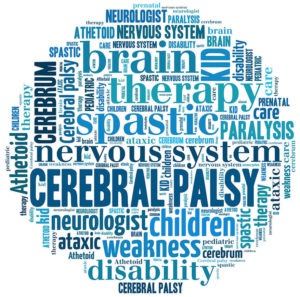Interesting Facts & Stats Regarding CP
 Since the mid-1980s researchers have attempted to determine statistical information regarding the prevalence and incidence of cerebral palsy in the United States. The Center for Disease Control was involved in many of these studies either directly or indirectly (though CP is not actually a disease).
Since the mid-1980s researchers have attempted to determine statistical information regarding the prevalence and incidence of cerebral palsy in the United States. The Center for Disease Control was involved in many of these studies either directly or indirectly (though CP is not actually a disease).
Some of the information, facts, and statistics provided in these studies has been organized below.
Globally, over 17 million people have cerebral palsy.
Cerebral palsy affects approximately 764,000 children and adults in America.
Every year, around 10,000 children will be born with cerebral palsy.
Out of every 1,000 births, about 2.3 to 3.6 are diagnosed with cerebral palsy.
Approximately 500,000 children who have not yet reached their 18th birthday suffer from cerebral palsy.
Cerebral palsy is not a single disorder. There are several different classifications and varying degrees of severity.
Of children with cerebral palsy, 41% have co-occurring epilepsy.
There are more boys born with cerebral palsy than girls (for every 100 girls, there are 135 boys).
About one-half of children with cerebral palsy are born prematurely.
About one in three children with cerebral palsy cannot walk.
Cerebral palsy is NOT progressive.
58.2% of children with CP walk independently, 11.3% walked using a hand-held mobility device, and 30.6% had limited or no walking ability (according to a 2008 study).
The CDC estimated (in 2003) that the lifetime cost to care for an individual with cerebral palsy is nearly $1 million (~$1,357,500 in 2018, adjusted for inflation).
The most common type of CP is spastic cerebral palsy (both hemiplegia and diplegia) which accounts for between 61 and 77.4 percent of all diagnosed cerebral palsy cases.
About 30% of people with cerebral palsy suffer from occasional seizures, and many children with cerebral palsy have co-occurring epilepsy.
While cerebral palsy almost always has an affect on body control, it does not always result in cognitive impairment.
Six out of 10 people with cerebral palsy have normal or superior intelligence!
